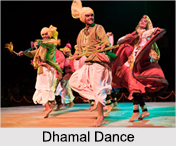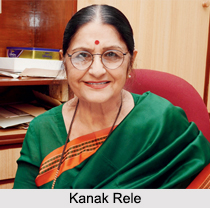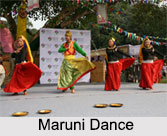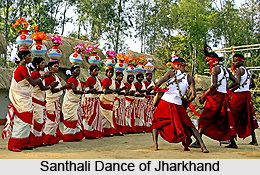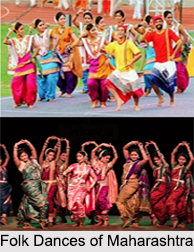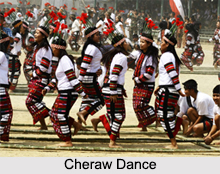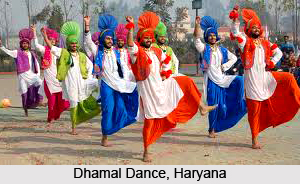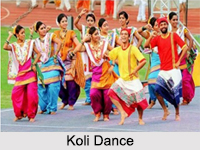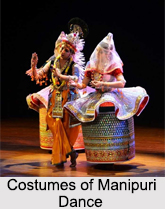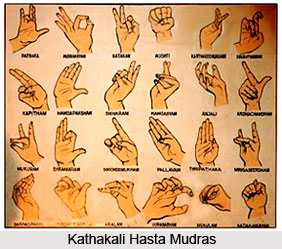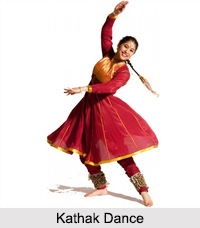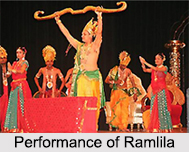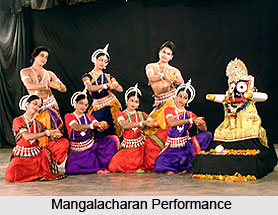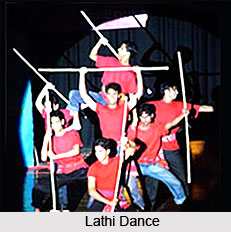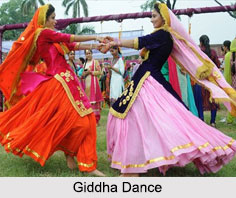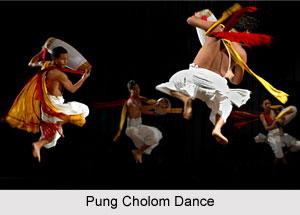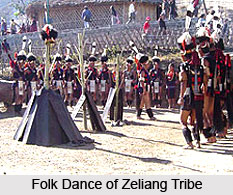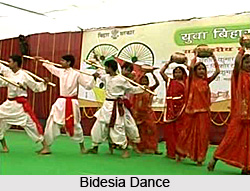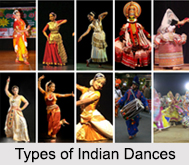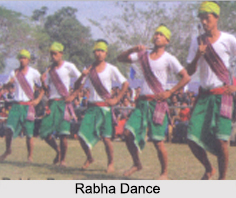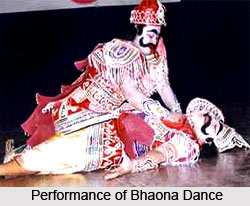 History of Bhaona Dance relates to a Vaishnavite sage and a preacher named Mahapurusha Shankar Deo. He was born in the month of Ashwin, Shukla Dashami in a village named Bordoa in Nowgong district in 1329. For 120 years he spent a saintly life preaching people about god. He left this abode in 1449. Shankar Deo`s father, Kusumbar Bhumian, and mother Satya Sandhya Devi, were from Mithila district in Bihar to Assam. They had died when Shankar was a just a child.
History of Bhaona Dance relates to a Vaishnavite sage and a preacher named Mahapurusha Shankar Deo. He was born in the month of Ashwin, Shukla Dashami in a village named Bordoa in Nowgong district in 1329. For 120 years he spent a saintly life preaching people about god. He left this abode in 1449. Shankar Deo`s father, Kusumbar Bhumian, and mother Satya Sandhya Devi, were from Mithila district in Bihar to Assam. They had died when Shankar was a just a child.
Having learnt Sanskrit and Shastras, Shankar grew up to be a scholarly and learned man. The place where Shankar lived was resided by uneducated hilly tribes. They led an uncivilised and immoral life always fight engaged in feuds among themselves. Shankar wished to rescue them from these aboriginal activities. He wanted to imbibe in them the noble and religious thoughts. He desired to teach them about the Almighty and yearn to crave for God.
Shankar Deo went out for pilgrimage travelling to different places like Mithila, Mathura and Vrindavan. During his journey he had had discourses with scholars, philosophers and other learned men which helped him to gain knowledge in Vaishnava religion. He also met Chaitanya and others. On his return Shankar began teaching the people the Vaishnavite doctrine of Ahimsa.
Shankar Deo is now worshipped in Assam. He is revered as a guru in the Namghars. During the evening episodes of Lord Krishna and Radha are sung by the devotees. These songs are compiled by Shankar and his disciples.
The songs of Shankar Deo are written in Assamese and Brajaboli language as he was well versed in the language of Assam. He preferred to compose songs in the dialect of the common man. This would enable them to understand the meaning of the message conveyed by the songs. Shankar also chose to write in Brajaboli as it is a much refined and soothing language. It is suitable for describing a calm and peaceful narration. Shankara also employed this language as it was used as a dialect by the people from where the episodes of Lord Krishna are narrated.
These compositions of Shankar narrating the life of Krishna are sung in Namghars in the Assam valley every evening. Dramas and dances are performed from the various episodes of Lord Krishna. The basic themes of these drams are thus chiefly based on the compositions of Shakara Deo.
